Savoring Setouchi: The Culinary Treasures of Seven Coastal Prefectures
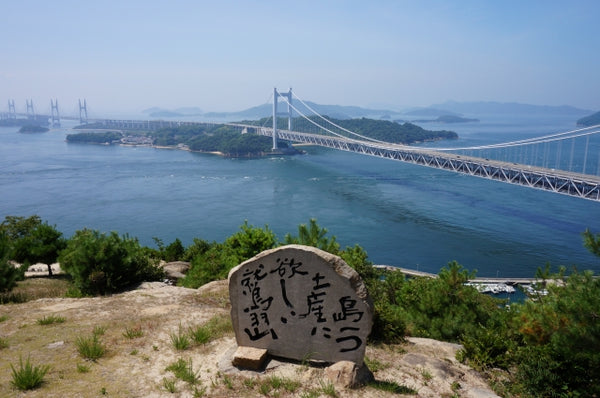
Surrounding the serene Seto Inland Sea in the West of Japan, the Setouchi region is a beautiful seaside escape. A collection of thousands of islands, Setouchi is made up of the prefectures of Yamaguchi, Hiroshima, Okayama, Hyogo, Ehime, Kagawa, and Tokushima.
While the Setouchi region is well-known for its arts, culture, and nature, it is revered for its bountiful cuisine that spans both land and sea. With an abundance of seafood from its sparkling waters – octopus, sea bream, and pufferfish, to name a few local specialties – they also boast some of the country’s best soba, udon, buckwheat, and mikan.
Here are a few dishes from each prefecture that truly make Setouchi one of Japan’s best travel destinations.
Hyogo
Kobe wagyu – Derived from Tajima cattle exclusively raised on certified farms, Kobe beef enjoys renown not only internationally but also within Japan. Many restaurants offer the unique experience of choosing your desired cuts and grades, even presenting a certificate that features the cow's name and hoof print!
Sobameshi – Another Kobe specialty, sobameshi, is essentially yakisoba with an added (and maybe unexpected) ingredient: rice. Like most yakisoba, the sauce is sweet, salty, and tangy. Along with egg noodles, cabbage, onion, and sometimes beef tendon, are often included.
Akashiyaki – Famous for locally caught octopus, Akashi is home to an original dish similar to takoyaki. Akashiyaki are interesting dough balls made from a batter of flour and egg combined with octopus chunks. Typically, they are served alongside a warm soup made from kombu and bonito for dipping.
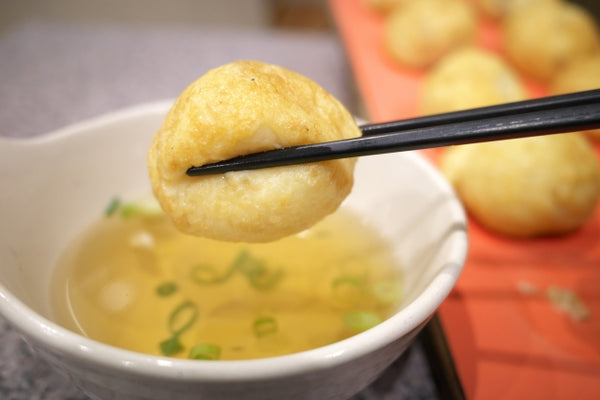
Okayama
Horumon Udon – Hailing from Tsuyama, the star of this stir-fried noodle dish local to Okayama is fresh offal.
Mamakari-zushi – Made from the fish mamakari, whose name originates from a pithy saying that it’s “so good you’ll eat all your rice (mama) and need to borrow (kari) some from next door”. Freshest in early summer and late fall, it is often pickled and served on special occasions.
Hiroshima
Hiroshima-yaki – Different from the Kansai-style okonomiyaki you’ll find in Osaka (and widely debated over which is best), hiroshimayaki is layered rather than mixed together and consists of individual layers of batter, cabbage, pork, egg, and noodles. However, just like okonomiyaki, it is still smothered in tangy okonomi sauce, mayonnaise, and aonori.
Onomichi Ramen – A local take on ramen, this soy-based broth is mixed with chicken stock, nishin (herring), and a small amount of pork fat. Don’t be afraid to shop around either! Different shops use their own toppings ranging from freshly chopped spring onions to small, deep-fried shrimp!
Yamaguchi
Kawara Soba – Invented in 1962 in Shimonoseki City as a plan to create a local specialty in the onsen town of Kawatana, this soba is served on an extremely unique platter: a roof tile, or kawara! The tile is heated over a fire. Then, chasoba (soba mixed with green tea), thinly sliced Japanese omelet, beef, spring onions, nori, lemon, and momiji oroshi (daikon with togarashi) are arranged atop to sizzle and cook.
Suo-Oshima mikan nabe – Suo-Oshima is responsible for producing nearly 80% of all the mikan harvested in Yamaguchi, so it may come as no surprise that their local specialty is a hotpot centering around the delicious citrus fruit. In a large pot, or nabe, fresh seafood, fish balls blended with mikan skin, and a unique yuzu kosho made using mikan, along with grilled mikan, are combined and simmered to savory perfection.
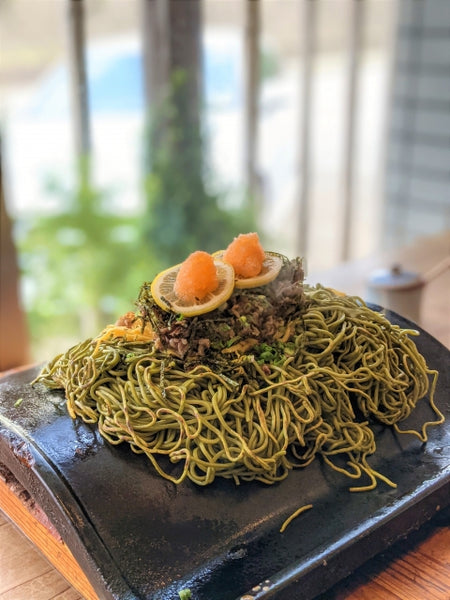
Tokushima
Iya Soba – These thick-cut noodles are made with a higher percentage of special local buckwheat than regular soba and are often served with nori and a mountain yam paste. Because of their high buckwheat flour ratio, these noodles fall apart easily, giving them a unique texture!
Dekomawashi – Famous in Iya, dumplings made of potato and buckwheat are skewered alongside a chunk of konnyaku, and a locally-made extra firm tofu. This delicious combo is then grilled with a savory miso sauce. The name dekomawashi comes from the movement needed to keep them from burning while grilling over the hot coals. They look like a wooden deko doll rolling (mawashi) its head around.
Soba-mai Zousui – This is another dish that makes use of Tokushima’s special local buckwheat. It’s a take on a classic rice gruel/porridge dish known as zousui, but rather than rice, sobamai or sobagome is used instead. Sobamai/sobagome is a form of buckwheat made through a process of soaking, steaming, and drying the buckwheat berries, which are then simmered with vegetables and other ingredients like fish or deep-fried tofu.
Kagawa
Sanuki Udon – If you’re craving udon, Kagawa is the prefecture to visit. They are known for their thick-cut and chewy udon, which is usually served with simple fish broth, green onions, and maybe a raw egg on top. There are many ways to eat udon in Kagawa, so explore the range of options!
An-mochi zoni – One of the most popular New Year’s foods, zoni (a soup of vegetables and rice cakes, or mochi) can also be found year-round in some cafes in Kagawa. They don’t use just any regular mochi, however. These mochi are filled with an, a sweet red bean paste!
Somen Noodles – Udon aren’t the only noodles famous in Kagawa. Following a lineage dating back 400 years, Kagawa’s unique somen is made of wheat flour, salt from the Seto Inland Sea, and sesame oil!
Wasanbon from Takamatsu – These high-grade wagashi, or Japanese sweets, have a 200-year-old history and are made using local sugarcane and special kashikigata molds, which are hand-carved by local artisans.
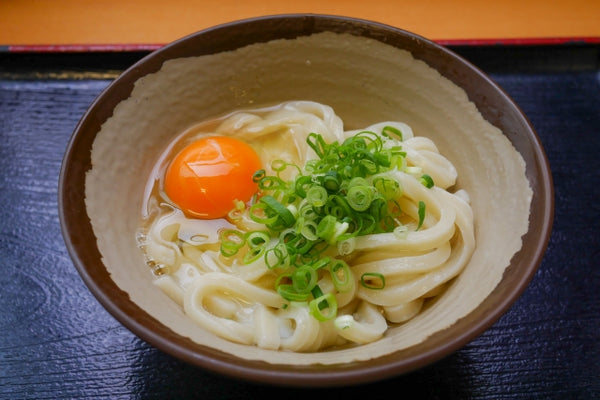
Ehime
Tai-meshi – One of the most auspicious fish in Japanese culture, tai, or sea bream, is famous here. There are two types of this special dish showcasing the local delicacy. The cities of Matsuyama and Imabari place a whole tai fish in a pot with rice, which is cooked and flavored with salt, shoyu, kombu, and other seasonings. Once the fish and rice are both cooked, they’re mashed and mixed together into a delicious blend of fish and rice. On the other hand, the tai-meshi in Uwajima uses fresh tai sashimi marinated in shoyu, mirin, egg, sesame seeds, and dashi, which is served over warm rice. This follows an old fishermen’s recipe often cooked aboard ships for meals on long days at sea.
Jakoten – Hailing from the cities of Yawatahama and Uwajima, jakoten is a deep-fried fish paste made from a mixture of flour, egg, salt, and all the bits and pieces of fresh fish; skin, bones, and all. You can find it served alongside or atop the local udon!
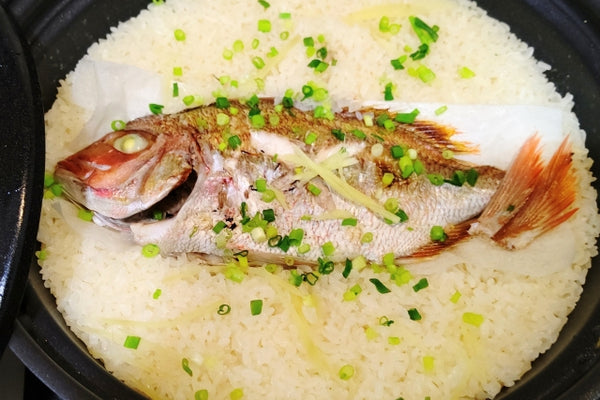
About the Author:
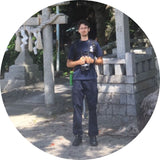
Kevin Kilcoyne
The spark that lit Kevin Kilcoyne’s interest in Japanese culture began in elementary school through a friendship with his then classmate Keisuke. Since then, that passion has evolved and bloomed to encompass more than just video games and manga, leading Kevin to live in Japan as a participant of the JET program. During his time in Japan, Kevin sought out as many foods as he could, the experiences and taste memories lingering long after they had gone. Now he is forging a path to link his passions for Japanese food, history, and visual culture and is planning for his return to live in Japan once again. For now, you can find Kevin on Instagram (@waruishouten) where he posts his photography and illustration work. Keep an eye out for more posts and updates as Kevin delves more deeply into his passions for writing and food!




